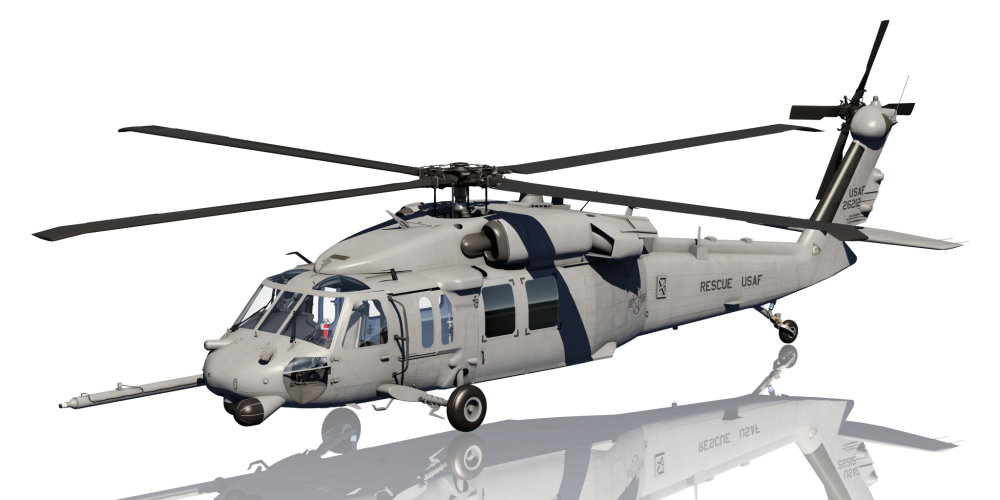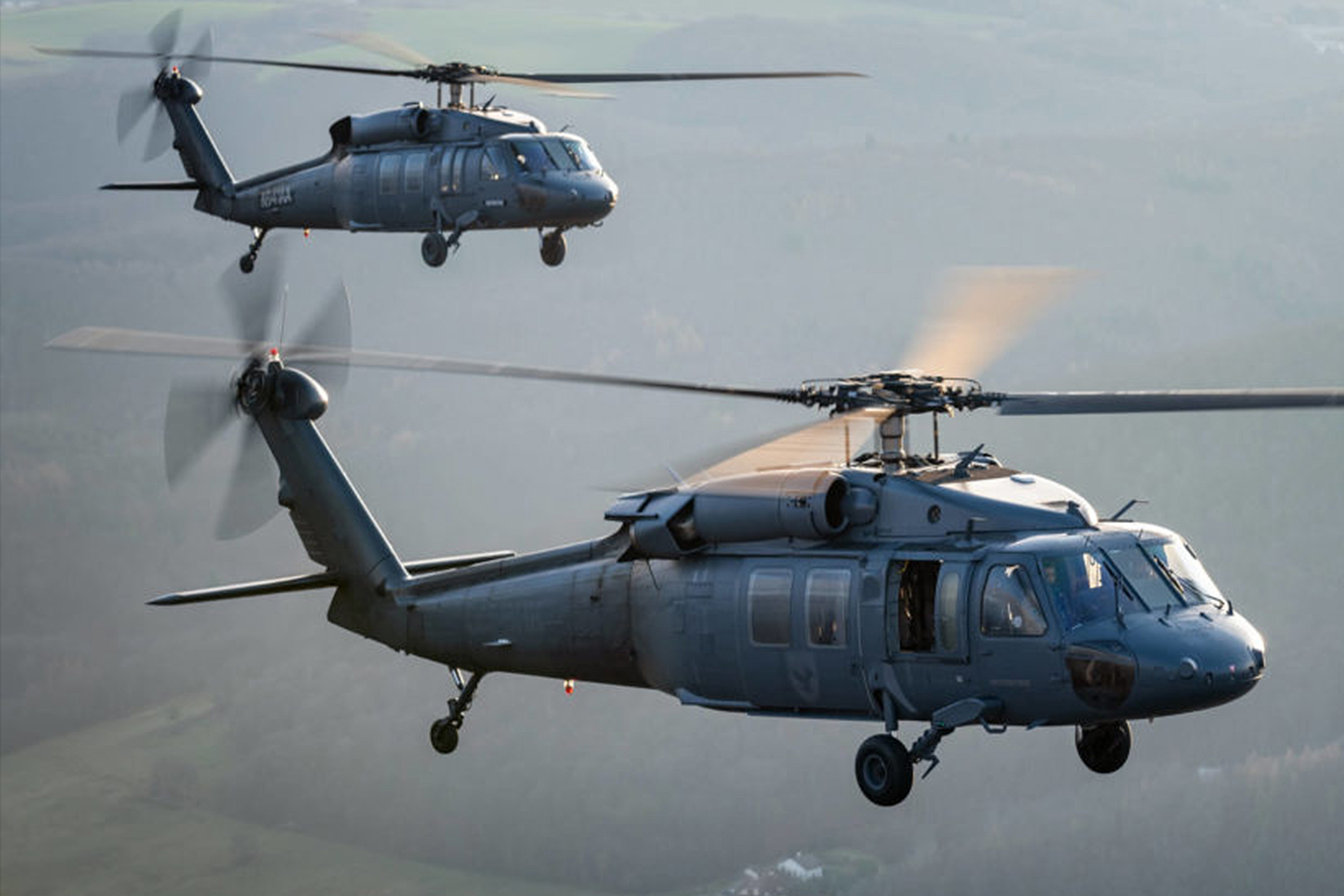Exactly how the UH 60 Transformed Armed Force Aeronautics and Combat Procedures
Exactly how the UH 60 Transformed Armed Force Aeronautics and Combat Procedures
Blog Article
UH-60: Innovations in Modern Helicopter Layout
The UH-60 helicopter stands as a standard in contemporary air travel, showcasing considerable developments in style and modern technology that cater to the progressing needs of military operations. As we check out the development and crucial developments of the UH-60, it ends up being essential to take into consideration just how these advancements affect not just existing applications yet additionally the future landscape of helicopter style.

Advancement of the UH-60
The advancement of the UH-60 Black Hawk helicopter represents a considerable landmark in aerospace engineering and army aviation. Introduced in the late 1970s, the UH-60 was created by Sikorsky Aircraft to meet the USA Army's need for a flexible energy helicopter with the ability of doing a range of missions. Its design emphasized rate, maneuverability, and resilience, setting brand-new requirements for functional performance.
The UH-60 features an unique four-blade blades system, which enhances lift and security, permitting it to operate effectively in diverse settings. Its airframe is created from innovative composite materials, adding to a reduction in weight while maintaining structural stability. The helicopter's design also includes better the rules of aerodynamics, which improves fuel effectiveness and increases array.
Throughout the years, the Black Hawk has actually undergone several upgrades to boost its capabilities, consisting of improved engines, advanced flight control systems, and modular systems for very easy maintenance and flexibility. The helicopter's ability to perform missions varying from troop transport to clinical discharge has actually solidified its role as a foundation of united state army procedures. The UH-60 Black Hawk continues to be an archetype of just how advancement in helicopter style can considerably impact military performance and operational versatility.
Advanced Avionics Equipments
Innovations in avionics systems have changed the abilities of modern-day helicopters like the UH-60 Black Hawk, enhancing functional performance and situational recognition (UH 60). The integration of advanced avionics enables for enhanced communication, trip, and navigation administration, making the UH-60 more versatile in varied objective profiles
One of the essential features is the innovative digital cabin, which uses multifunction display screens that supply real-time data, ensuring pilots have immediate access to critical trip info. This streamlining of information lessens pilot work and improves decision-making processes during complex operations. Additionally, the unification of GPS and inertial navigation systems makes it possible for precise positioning and path planning, boosting mission implementation in tough environments.
In addition, progressed avionics systems boost communication capabilities with safe and secure data links and voice interaction systems, enabling smooth coordination with ground pressures and other airplane. The integration of automatic trip control systems even more contributes to improved stability and control, specifically in unfavorable climate condition or throughout low-altitude maneuvers.
Engine and Performance Enhancements
Engine efficiency in modern helicopters has taken a substantial leap forward, driven by developments that enhance power, performance, and reliability. At the leading edge of these innovations is the adoption of even more powerful turboshaft engines, particularly those employing sophisticated materials and innovations that enable higher temperature level resistances and enhanced thrust abilities. The UH-60 Black Hawk, for example, uses the T700-GE-701C engine, which features a dual-channel, full-authority digital engine control system. This system enhances performance while enhancing gas intake and reducing upkeep demands.
Moreover, the assimilation of engine health and wellness monitoring systems permits real-time diagnostics and predictive maintenance, considerably boosting operational reliability. These systems not only sharp crews to prospective concerns before they end up being crucial however also help with extra efficient upkeep scheduling, therefore minimizing downtime.

Materials and Structural Innovations
Recent developments in products and structural style have actually revolutionized contemporary helicopter building and construction, boosting both performance and longevity. The intro of sophisticated composite products, such as carbon fiber enhanced polymers, has significantly lowered weight while keeping architectural integrity. This change not only enhances fuel effectiveness but likewise boosts payload capability, allowing helicopters like the UH-60 to execute even more varied objectives.
Furthermore, technologies in light weight aluminum alloys and titanium elements have actually added to enhanced resistance to corrosion and exhaustion, prolonging the life-span of crucial airframe components. The critical use of these materials has caused a reduction in maintenance requirements and improved total functional readiness.

In addition, the combination of computer-aided layout (CAD) and additive production modern technologies has actually made it possible for much more lightweight structures and complex geometries, optimizing the wind resistant efficiency of helicopter styles. These innovations facilitate rapid prototyping and manufacturing, allowing producers to respond promptly to developing goal requirements.
Security and Survivability Functions
Security and survivability attributes in modern-day helicopter style have ended up being paramount, my latest blog post showing the boosting demands for goal effectiveness in tough settings. The UH-60 Black Hawk, a noteworthy instance, integrates innovative innovations to enhance crew and passenger protection. One of the most vital developments is the incorporation of crashworthy gas systems designed to lessen the risk of fire throughout impact. In addition, the airframe is created with enhanced products that absorb and dissipate power, more securing owners in case of an accident.
The helicopter also uses a ballistic defense system, that includes armored staff seats and important systems shielding, minimizing vulnerability to little arms fire and shrapnel. Boosted situational awareness is achieved with innovative avionics and sensing unit innovations, allowing pilots to discover and prevent dangers effectively.
Furthermore, the assimilation of redundancy in crucial systems-- such as twin engines and several trip control networks-- makes sure continued operation even if one system stops working. The UH-60 is geared up with advanced emergency situation flotation devices, improving survivability in water touchdowns. Jointly, these functions not only improve the safety and security of workers however likewise increase objective success prices in hostile atmospheres, demonstrating the commitment to excellence in helicopter layout.
Conclusion
The UH-60 helicopter stands for a substantial development in modern-day air travel technology, incorporating ingenious materials, cutting-edge avionics, and durable safety attributes. Generally, the UH-60 offers as a standard for future developments in helicopter layout, symbolizing strength and convenience in contemporary armed forces procedures.
The UH-60 helicopter stands as a benchmark in modern aviation, showcasing substantial advancements in style and modern technology that cater to the advancing needs of military procedures. As we discover the evolution and vital technologies of the UH-60, it becomes vital to take into consideration just how these advancements affect not just existing applications yet likewise the future landscape of helicopter layout.
Introduced in the late 1970s, the UH-60 was designed by Sikorsky Airplane to fulfill the United States Army's requirement for a functional energy helicopter capable of carrying out a selection of objectives. The UH-60 Black Hawk remains a prime instance of how technology in helicopter layout can dramatically affect army effectiveness and operational flexibility.
On the whole, the UH-60 offers as a benchmark for future growths in helicopter layout, personifying resilience and convenience in Continue modern military operations.
Report this page